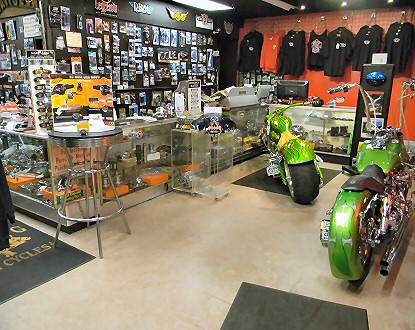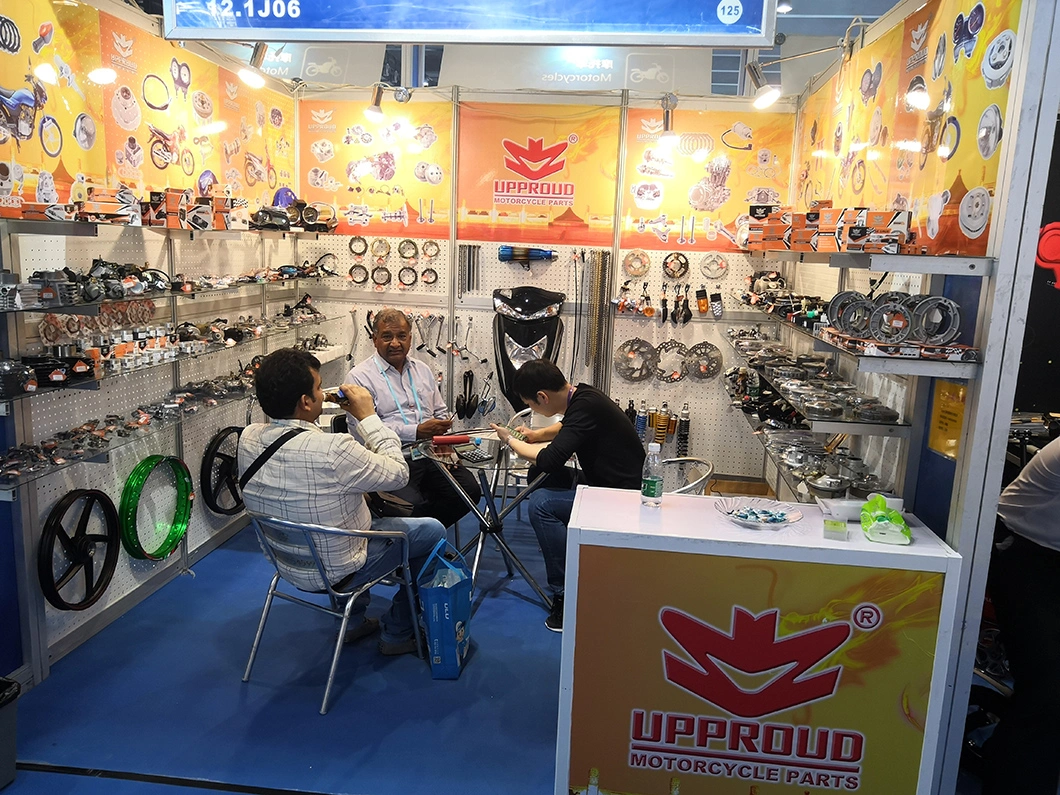Check Out the Latest Motocross Gear NZ for each Level of Rider
Check Out the Latest Motocross Gear NZ for each Level of Rider
Blog Article
Comprehending the Vital Parts of a Bike: A Comprehensive Guide for Lovers
For motorcycle enthusiasts looking to elevate their riding experience and guarantee their bikes run efficiently, comprehending the important parts of a bike is paramount. Each element, from the engine's elaborate workings to the essential duty of the stopping devices, not just impacts performance but likewise security and convenience.
Engine Elements

The camshaft plays an important role in regulating the timing of the engine's shutoffs, making sure the accurate opening and closing essential for efficient fuel and air consumption, in addition to exhaust expulsion. This timing is essential to keeping optimum engine performance and efficiency. Additionally, the carburetor or gas shot system, depending on the motorcycle model, is accountable for blending air with gas in the correct proportion for burning.
The cooling system, either air or liquid-based, functions to keep the engine's temperature level within operational limitations, avoiding overheating and guaranteeing longevity - motocross gear. Each part, diligently developed and incorporated, adds to the smooth operation of the engine, defining the bike's power output and total performance
Transmission System
Indispensable to the bike's capability, the transmission system guarantees efficient power transfer from the engine to the wheels. This system consists of numerous critical parts, including the clutch, gearbox, and final drive, each playing a vital duty in equating the engine's power right into motion. The clutch, generally operated by a hand lever, serves to involve and disengage the engine from the transmission, permitting smooth gear changes and regulated acceleration.
The gearbox, usually referred to as the transmission proper, has a set of gears that riders can by hand shift via to adjust the bike's speed and torque outcome. These gears are arranged in a sequence that enables the motorbike to speed up smoothly and keep optimum engine efficiency across various speeds. A lot of motorbikes use a consecutive gearbox, needing the motorcyclist to shift gears in a predetermined order.
Braking Devices
While understanding the transmission system is essential to harnessing a bike's power, just as important is the ability to control and stop that power effectively, which is where stopping mechanisms come right into play. Brakes are crucial for safety and security and performance, supplying the biker with the essential control to browse different terrains and conditions. Usually, motorcycles feature two types of stopping systems: disc brakes and drum brakes.
Disc brakes are much more common in modern-day motorcycles due to their remarkable efficiency. This system provides better heat dissipation, consistent efficiency, and enhanced quiting power, particularly in wet conditions.
Alternatively, drum brakes, though less typical, are still found in some motorcycles. They function by pressing brake shoes against the inner surface of a drum connected to the wheel. While usually less effective in heat dissipation and stopping power, drum brakes are less complex and redirected here much more cost-efficient.
Understanding these stopping systems' nuances permits bikers to keep their motorcycles effectively and appreciate the engineering that makes certain safe and you can try these out efficient stopping.
Suspension and Steering
Suspension and guiding systems are essential components that dramatically influence a motorbike's handling and ride convenience. The suspension system, including forks at the front and shock absorbers at the rear, absorbs road irregularities, boosting stability and control. Front forks, upside down or generally telescopic, compress and rebound to mitigate influences, while rear shock absorbers preserve tire contact with the roadway, critical for traction and security.
Steering, centered around the handlebars, attaches the cyclist to the motorcycle's directional control. The guiding head bearings make certain smooth operation, enabling exact maneuverability. Appropriate positioning and maintenance of these bearings are critical for predictable steering feedback and reducing rider exhaustion.
The suspension's adjustability is an additional crucial aspect; preload, damping, and rebound settings allow modification to match numerous riding problems and styles. This adaptability is crucial for enhancing performance, whether browsing urban streets or dealing with sturdy routes. Developments like electronic suspension systems supply real-time modifications, improving ride high quality across diverse surfaces.

Electrical Systems
After ensuring a controlled and smooth adventure through reliable suspension and steering systems, focus transforms to the electric systems, a pivotal facet of modern-day motorbikes. These systems play a critical role not just in starting the engine but additionally in powering various components that enhance the functionality and safety of the motorcycle.
At the heart of a bike's electrical system is the battery, which shops electric power essential for beginning the engine and powering supporting systems - motorcycle parts nz. The generator or generator, coupled with the rectifier-regulator, makes sure the battery stays billed while the bike functions, converting power right into electrical energy and maintaining voltage levels
The ignition system, another important part, is accountable for sparking the air-fuel mixture in the engine's cyndrical tubes. Modern motorcycles frequently make use of a digital ignition system, offering better effectiveness and reliability compared to conventional systems.
Illumination systems, including fronts lights, tail lights, and indications, are also important, ensuring presence and security for the motorcyclist. Additional electronic components such as sensors, control units, and displays add to sophisticated features like gas injection management, anti-lock stopping systems (ABS), and electronic dashboards, additionally enhancing the riding experience.
Conclusion
A complete understanding of a bike's necessary elements, consisting of the engine, transmission system, braking systems, suspension, steering, and electric systems, is crucial for lovers intending to optimize performance, comfort, and safety and security. Mastery of these aspects permits notified Continue choices regarding maintenance and upgrades, inevitably boosting the riding experience. By integrating this knowledge, bikers can guarantee their motorcycles run at peak efficiency and dependability, thereby taking full advantage of both enjoyment and long life of their lorries.
For motorbike enthusiasts looking to raise their riding experience and ensure their bikes run smoothly, recognizing the crucial parts of a bike is vital.Integral to the motorbike's performance, the transmission system ensures effective power transfer from the engine to the wheels.While understanding the transmission system is vital to utilizing a bike's power, equally vital is the capability to regulate and quit that power properly, which is where stopping mechanisms come into play. Usually, motorbikes include two types of braking systems: disc brakes and drum brakes.
A detailed understanding of a motorcycle's important elements, including the engine, transmission system, braking systems, suspension, steering, and electrical systems, is essential for fanatics aiming to maximize safety, convenience, and efficiency.
Report this page